
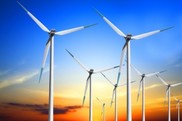
There are two technologies that can make a massive difference to our way of life and these are Graphene and MOF’s (Metal Organic Framework’s).
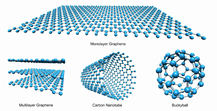
These properties mean graphene can replace steel or aluminium in construction of planes or other vehicles, bridges and any structure needing strength and light weight. It will be used in the next generation of batteries to give increased power and durability for less weight. Imagine a solar/battery driven graphene plane.
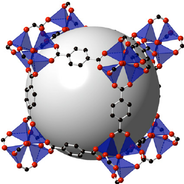
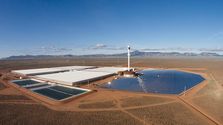
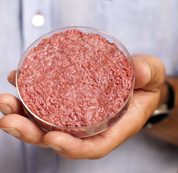
( https://sunfedfoods.com/ )



 RSS Feed
RSS Feed